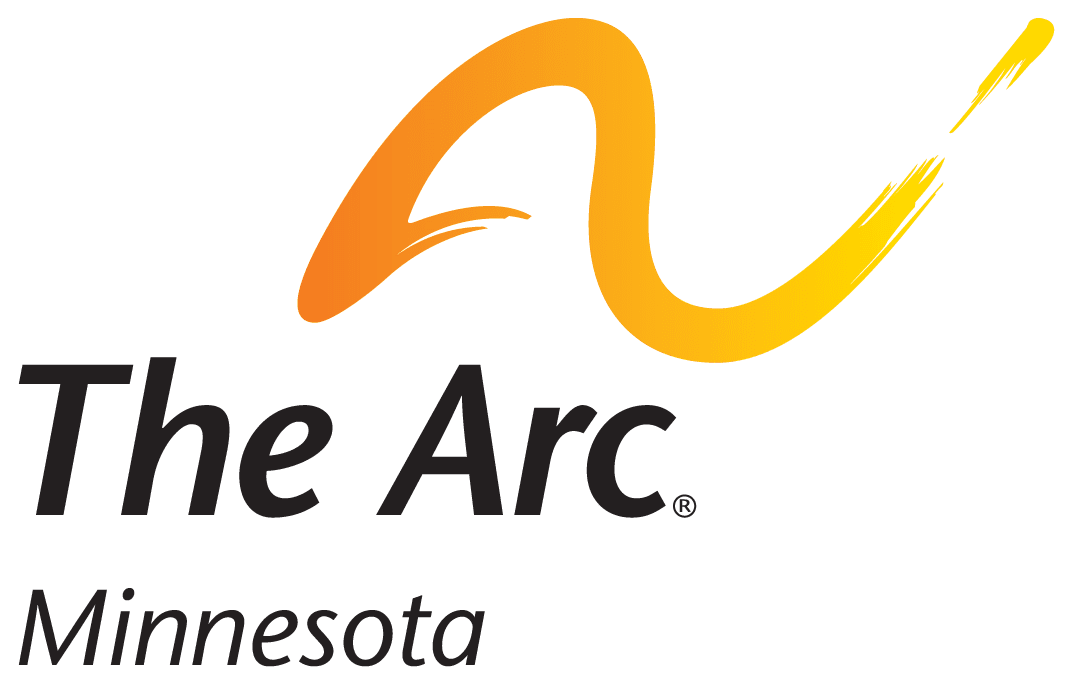People with disabilities are – first and foremost – people who have individual abilities, interests and needs. They are moms, dads, sons, daughters, sisters, brothers, friends, neighbors, coworkers, students and teachers. About 54 million Americans — one out of every five individuals — have a disability. Their contributions enrich our communities and society as they live, work and share their lives.
Words are powerful. The words we use to refer to people shape our beliefs and ideas about them. Old and inaccurate ways we describe people with disabilities support negative stereotypes and prejudiced attitudes. Like gender and ethnicity, disability is one of many characteristics of being human. When we use labels to describe a person we devalue and disrespect them as individuals. Our words both define and reflect our everyday life and can promote positive attitudes about persons with disabilities. A critical consideration in communicating with and about people with disabilities is the use of “People-First Language.” People-First Language highlights the person, not the disability. By placing the person first, the disability is not the thing that defines the individual, but one of several aspects just like gender or ethnicity. People-First Language is not about political correctness, it is about good manners and respect. It eliminates generalizations and stereotypes, by focusing on the person rather than the disability.[1]
The following chart lists some examples of how to use people-first language and also lists some preferable disability related terms in place antiquated terms:
Instead of this: Say This:
Sarah is autistic Sarah has autism
Ben is confined to a wheelchair Ben uses a wheelchair
Retarded, handicapped, crippled A person with a disability
Brain damaged A person with a brain injury
She can’t/or she has problems with… She needs or she uses…
Handicapped parking Accessible parking
As you can see in the chart above, some of these wording changes are minor, but they change the emphasis of the statement dramatically. Let’s look at the first example: “Sarah is autistic.” This implies that autistic is who Sarah is, that having autism entirely defines her – but we know that is not true. By instead saying “Sarah has autism” we are acknowledging Sarah as a person first and as a person she does happen to have autism, but we are not using that disability label to try and define and limit who she is.
[1] Adapted from “What is People First Language” by The Arc. http://www.thearc.org/page.aspx?pid=2523
